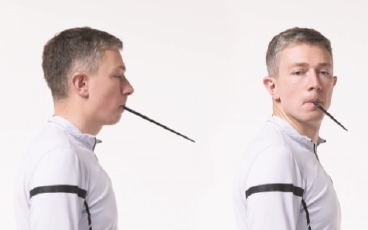If your head is moving during your putting stroke, it can cause many problems:
Inconsistency in striking the center of the clubface: Players who move their head during the stroke normally do not strike the center of the putter face. This in itself is not such a big problem. The problem is hitting different spots on the putter face with each stroke – toe, heel, center etc. As a result, the ball will come off the putter face in a different direction each time to where you intended, as well as at different speeds. Often good putters do not hit the center, but they hit the same spot consistently, allowing them to predict the direction and speed.
Controlling the putter head with hands and arms: If your head falls back to the right during your stroke, you will not be able to control your stroke with your shoulders. T he pendulum effect will be lost because the top of the pendulum has moved. You will have to push the putter head through with your hands and arms.
he pendulum effect will be lost because the top of the pendulum has moved. You will have to push the putter head through with your hands and arms.
Upper ward Strike: Because your head has moved back away from the ball, it will tend to create too much of an upward strike. This will affect contact and the roll of the ball. The ball will tend to bounce, making distance control difficult.
The Solution
What I want to share with you in this article is a simple drill that has probably given me the best result in fixing this problem. All you will need is a sponge. I use one of the big ones used to wash a car.
- Place the sponge underneath your left foot at address and squeeze down, making the sponge flat. The sponge will be providing resistance, so you will feel an increase in pressure underneath your left foot.
- Now, simply keep the pressure the same during your whole stroke – backswing, downswing, and follow through.
If your head were to move back, you would feel a decrease in pressure underneath your left foot.


